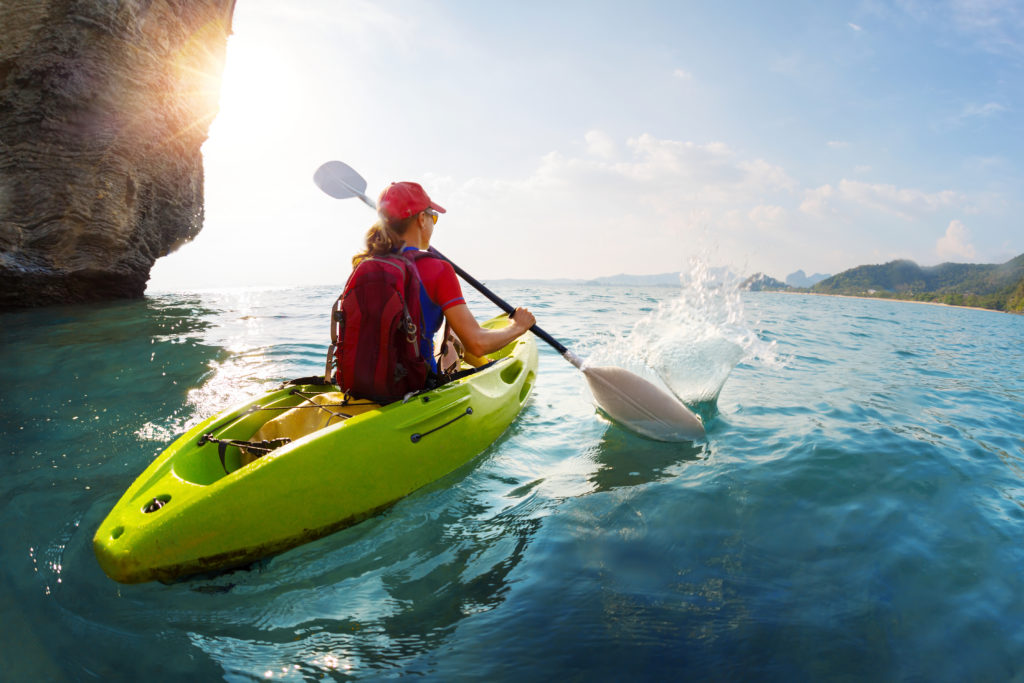Kayaking is a thrilling water sport that involves paddling through various water environments, from calm lakes to challenging whitewater rapids. One of the essential skills every kayaker should master is rolling and bracing. These techniques help kayakers recover from capsizing and maintain stability in rough waters. In this guide, we’ll cover the basics of rolling and bracing, as well as some advanced tips to improve your skills.
Rolling
Rolling is the technique used to right your kayak after it capsizes while remaining seated inside. The roll enables you to regain control without leaving the kayak. Here’s a step-by-step guide to mastering the kayak roll:
Setup: Keep your body relaxed and grip the paddle with both hands shoulder-width apart, one hand over the kayak’s cockpit and the other hand underwater on the same side of the kayak.
Tuck: Lean forward and tuck your body over the kayak’s deck, bringing your head close to the surface of the water.
Hip Snap: Initiate the roll by performing a quick hip snap. This motion involves using your hips and lower body to bring the kayak upright.
Sweep Stroke: As you snap your hips, execute a sweeping motion with the paddle blade, moving it from the water’s surface to the opposite side of the kayak.
Finish: As you complete the sweep, your body and kayak should be upright. Maintain your balance and get ready for the next paddle stroke.
Mastering the kayak roll takes practice, so start in calm waters and gradually work your way up to more challenging conditions.
Bracing
Bracing is a technique used to maintain stability and prevent capsizing when encountering rough water or waves. There are two primary types of bracing:
Low Brace: This is used to support your kayak when leaning to one side. If you feel like you might tip over, quickly place the backside of the paddle blade on the water’s surface on the opposite side of your lean. Apply slight downward pressure to stabilize the kayak.
High Brace: The high brace is used when the kayak is tilted and leaning on its side. Hold the paddle horizontally above your head, with the power face of the blade facing down. Push down on the blade to bring the kayak back to an upright position.
Advanced Tips:
- Practice Makes Perfect: Mastering rolling and bracing requires time and dedication. Regularly practice in controlled environments before attempting them in challenging conditions.
- Get Professional Instruction: Enroll in a kayaking course or seek guidance from experienced kayakers to receive proper instruction and feedback on your technique.
- Develop Core Strength: A strong core is crucial for successful rolling and bracing. Incorporate core-strengthening exercises into your fitness routine.
- Video Analysis: Record yourself while practicing to analyze your technique. This will help identify areas for improvement.
- Learn from Mistakes: Embrace failure as part of the learning process. Analyze your mistakes and use them as opportunities to grow.
Remember, safety should always be a priority in kayaking. Always wear a personal flotation device (PFD) and be mindful of water conditions. With consistent practice and dedication, you can master rolling and bracing, enhancing your kayaking skills and overall experience on the water.

